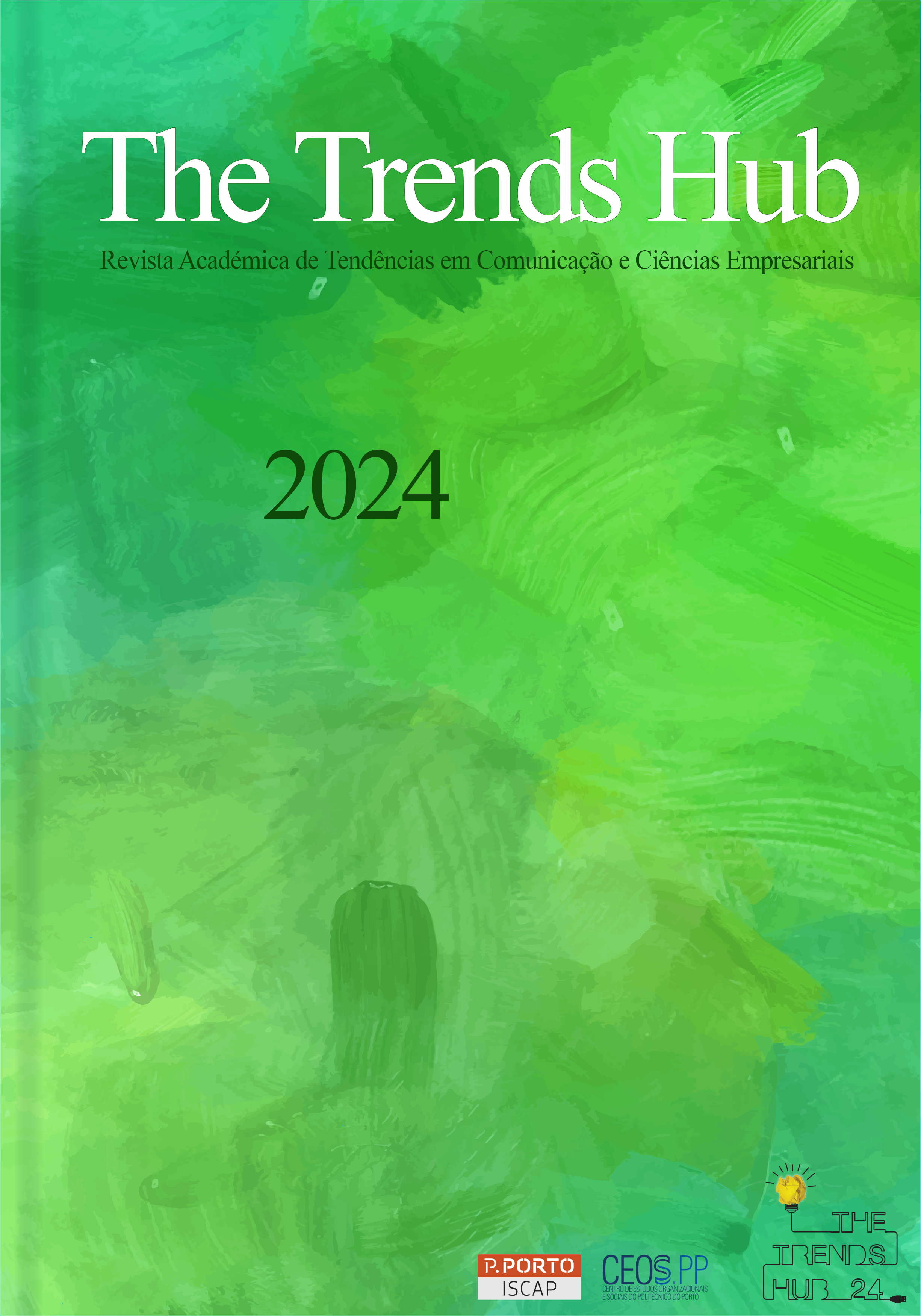Using Satire and Humor as a Marketing Strategy
DOI:
https://doi.org/10.34630/tth.vi4.5690Keywords:
Marketing, Communication, Strategies, Satire, Humour, TrendsAbstract
Some say that laughter is the best medicine, but does this also apply to marketing? In a world where information overload is a problem, the use of satire and humor as a marketing strategy has become a growing trend as an attempt to stand out from the crowd. Numerous brands have been positioning themselves in this direction and it is therefore essential to understand this strategy.
This article will analyze the use of satire and humour as a marketing strategy, its advantages and disadvantages. A qualitative analysis of the data will be carried out, using descriptive statistics to summarize the characteristics of the KFC, Control and Ikea campaigns and their feedback.
The main objective is to understand whether the use of satire and humor are perceived as arrogant communication or whether they are able to increase consumer identification with the brand.
References
Akavickaitė, A. R. A. (2022). 30 Of The Most Savage Roasts From Ryanair’s Social Media. BoredPanda. https://www.boredpanda.com/funny-ryanair-social-media-roasts/
Bebber, M., Luciano, C., Ruiz Sánchez, L. J., & Cabello, F. (2021). Is this a Joke? Altering the Derivation of Humor Behavior [Article]. International Journal of Psychology & Psychological Therapy, 21(3), 413-431. https://search.ebscohost.com/login.aspx?direct=true&AuthType=ip,shib&db=a9h&AN=153390917&lang=pt-pt&site=eds-live&scope=site
Cheng, F. (2003). Definition of Humor. https://www.semanticscholar.org/paper/Definition-of-Humor-Cheng/fcac61c0575fe3e9b507f79569f92454b6413fff
ControlPortugal. (2024). Não hesites! https://www.instagram.com/p/C4VGDk9IMmY/?utm_source=ig_web_copy_link
Declercq, D. (2018). A Definition of Satire (And Why a Definition Matters) [Article]. Journal of Aesthetics and Art Criticism, 76(3), 319-330-330. https://doi.org/10.1111/jaac.12563
KFC. (2023). TikTok KFC TikTok. https://www.tiktok.com/@kfc_pt/video/7288003990938340640?is_from_webapp=1&sender_device=pc&web_id=7330984149383693856
MarketingTuga. (2024). O Ikea chegou à Madeira e não quis passar despercebido. https://www.linkedin.com/posts/marketingtuga_marketingtuga-marketingportugal-activity-7145487769396568064-NHDW/?originalSubdomain=pt
Rossiter, J. R., Percy, L., & Donovan, R. J. (1991). A BETTER ADVERTISING PLANNING GRID. Journal of Advertising Research, 31(5), 11-11-21. https://search.ebscohost.com/login.aspx?direct=true&db=bth&AN=9111250017&site=eds-live
SuperBrands. (2019). Control. https://superbrands.sapo.pt/2019/marcas/control
Szenberg, M., & Ramrattan, L. (2014). Definitions of Irony. In Economic Ironies Throughout History: Applied Philosophical Insights for Modern Life (pp. 9-23). Palgrave Macmillan US. https://doi.org/10.1057/9781137450821_2
Weinberger, M. G., & Gulas, C. S. (2019). The emergence of a half-century of research on humour in advertising: what have we learned? What do we still need to learn? International Journal of Advertising, 38(7), 911-956. https://doi.org/10.1080/02650487.2019.1598831
Weinberger, M. G., Gulas, C. S., & Weinberger, M. F. (2012). The role of culture in advertising humor [Chapter]. Edward Elgar Publishing Ltd. https://doi.org/10.4337/9781781005125.00009
Downloads
Published
How to Cite
Issue
Section
License
Copyright (c) 2024 The Trends Hub

This work is licensed under a Creative Commons Attribution-NonCommercial-NoDerivatives 4.0 International License.


